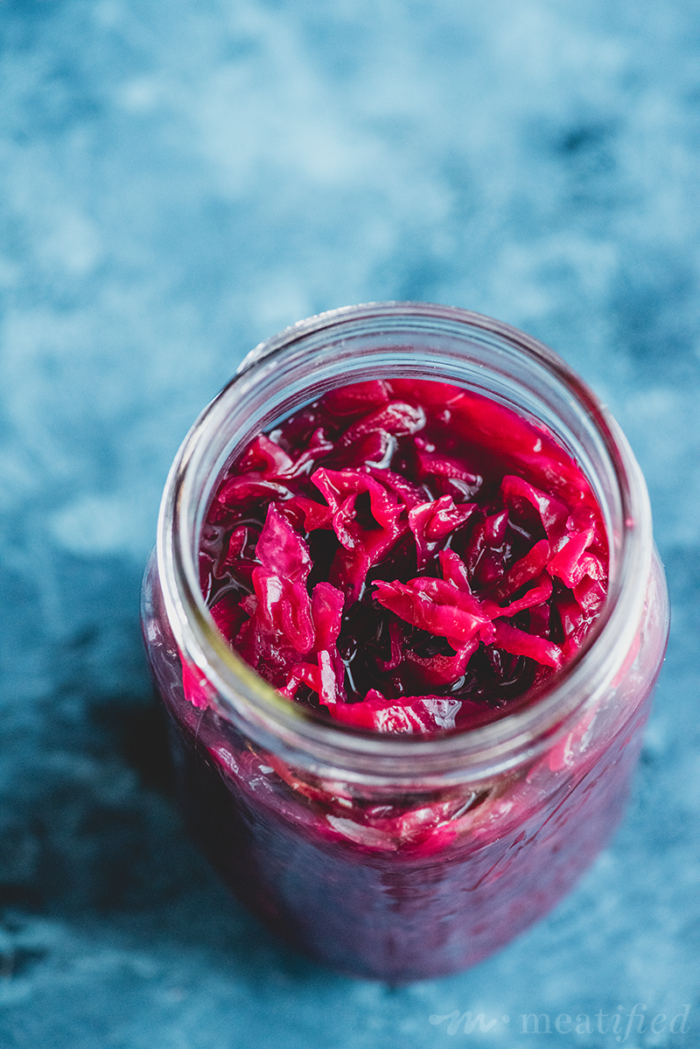
Have you ever made your own sauerkraut or fermented foods? For a long time, I assumed they were really intimidating, but I’m happy to say that that isn’t the case at all. You simply need vegetables and salt. That’s really it.
This Red Cabbage Sauerkraut is my favorite, go-to simplest ferment ever. Here I’ve spiced it up a little by adding some ginger into the mix, but you don’t have to if you don’t want to. This is my easiest, go-to and best beginner’s fermentation recipe, all in one!
The first time I tried out making my own ferments, I used regular old table salt, not realizing that the choice of salt was actually more significant. You’ll want to avoid all salts that have additives like anti caking agents which will inhibit fermentation or those that are too coarse to dissolve evenly. The best salts to use are fine ground and mineral rich. Here’s a handy list of the dos and don’ts of salt choice for fermenting!
nope
alrighty then
the best = mineral rich
Cover the cabbage with cheesecloth or a clean kitchen towel for the first few days – when it’s most likely to overflow – and keep it out of direct sunlight. Later you can replace the cheesecloth with a loose lid to keep the brine from evaporating before the fermenting process is over while still allowing the fermenting gasses to escape. I prefer the one piece plastic Mason jar lids to the two part metal canning lid+ring, because the metal pieces are prone to rusting with the acidic ferments.
If you leave the fermenting sauerkraut covered with cheesecloth throughout the whole process, you’ll want to top it off regularly with a 2% brine (about 1 tsp / 5 g of salt per 1 cup / 240 ml of water) to ensure that the cabbage is always submerged in brine to maintain the anaerobic environment necessary for fermenting.
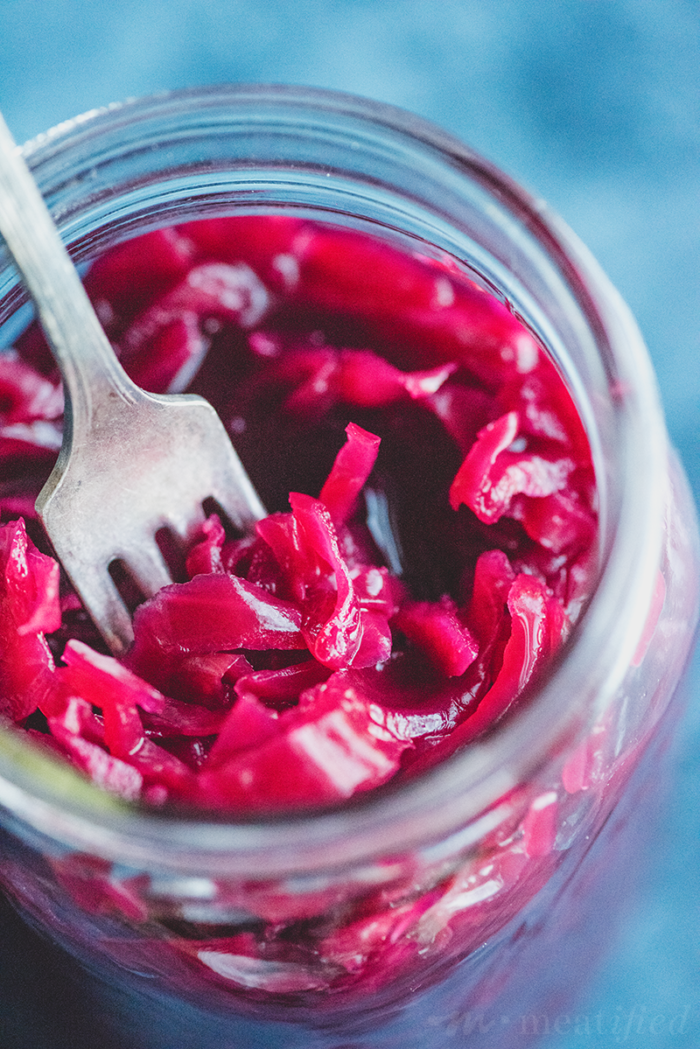
This is the simplest, no special equipment needed fermenting method, but it requires a little more maintenance since you’ve got to watch the jars periodically and make sure the fermenting kraut is always under the brine. For a no jar-babysitting kraut making experience, you could invest in some special mason jar lids that will allow the CO2 to escape, while keeping the jars sealed, like these Pickle Pipes or the Easy Fermenter. However, while these products are nice, but they’re not essential!
Remember that the best temperature range for fermenting – the one that is most likely to give the most consistent, reliable results – is about 65 F and 72 F (18–22 C). At lower temperatures, your ferments will be slower off the mark and take longer. Lower than 60 F and your ferments will most likely fail. Any warmer than that and your ferments will ferment faster, but also be more prone to spoilage. Over 80 F (27 C) and the ferment will probably fail or you will need to find a way to cool things down to be successful.
If you’d like to learn more about the stages of fermentation or need further help troubleshooting your ferments, this post from Make Sauerkraut is super helpful!
What you will need to make red cabbage sauerkraut:
- Large mixing bowl
- A quart sized Mason jar
- a 4 oz Mason jar or Pickle Pebble or other weight
- Cheesecloth or clean kitchen towel
- A one piece Mason jar lid
- Optional: Pickle Pipe or Easy Fermenter lids
Red Cabbage Sauerkraut with Ginger
- Prep Time: 30 mins
- Total Time: 30 mins
- Yield: 1 quart 1x
Ingredients
- 1 3/4 lbs / 795 g red cabbage (about 1 medium)
- 1 tbsp / 15 g fine pink Himalayan salt (see notes)
- 2 – 4 tbsp / 22 – 44 g minced fresh ginger, to taste (see notes)
Instructions
- SLICE: Peel off and discard any wrinkly, drier or damaged outer leaves from the cabbage. Reserve one healthy, pliable leaf for later. Cut the cabbage into quarters right through the core. Carefully cut out and discard the tough inner core. Slice the cabbage thinly into ribbons of an even thickness of about 1/4 inch / 0.5 cm or so.
- SQUEEZE: Add the sliced cabbage to a large mixing bowl and sprinkle it with the salt. Use your hands to toss the cabbage so it’s evenly coated with salt. For several minutes, squeeze and massage the cabbage, until it begins to break down, soften and release moisture. When it’s damp to the touch, set it to one side.
- MINCE: While the cabbage is marinating, peel and mince the fresh ginger. The amount of ginger you will want to add is totally up to you. The smaller amount will create a red cabbage kraut with a more subtle gingery note and the larger amount will give you a red cabbage kraut with more of a spicy kick.
- KNEAD: Add the minced ginger to the bowl with the sliced cabbage. Use your hands (I like to wear gloves!) to work the ginger through the cabbage evenly, then to knead the cabbage until it releases plenty of liquid when squeezed in your hands.
- SQUISH: Transfer the cabbage to a wide mouth quart sized Mason jar, packing it down tightly with each handful added to the jar. When the cabbage is tightly packed down, take the cabbage leaf you saved earlier and gently fold it over until it is about the same width and proportions as the jar. Place the leaf into the jar, on top of the packed cabbage and make sure it covers it completely.
- WEIGHT: Press the cabbage leaf down firmly, then pour enough brine from the mixing bowl to cover all of the cabbage and submerge it in the liquid. Use the smaller 4 oz Mason jar or Pickle Pebble to weight down the cabbage and make sure that it stays submerged.
- COVER: Fold over a few layers of cheesecloth or a clean kitchen towel and cover the jar loosely, securing it with a rubber band. Place the jar into a bowl and transfer it to a place out of direct sunlight and away from any heat sources.
- FERMENT: After the first few days, you can replace the cloth with a one piece Mason jar lid, loosely fixed to allow any gases to escape and avoid any pressure building up within the jar. You could also use a special fermenting lid like a Pickle Pipe or an Easy Fermenter, if you like. Leave the red cabbage sauerkraut to ferment for at least 2 weeks and up to 6 months, depending on temperature and taste. Make sure not to let the cabbage rise higher than the brine – it needs to stay submerged to ferment successfully or else it will spoil.
- TOP OFF: If necessary, you can top off the red cabbage sauerkraut with additional brine, using about 1 tsp / 5 g of fine Himalayan salt per 1 cup / 240 ml.
- STORE: Once the kraut has fermented to your liking, seal the jar and transfer it to the refrigerator.
Notes
Salt choice is significant with fermented foods. You want to avoid processed salts like table salt and iodized salt as they contain additives that can inhibit fermentation. Normal fine grained sea salt or pickling & canning salt is ok as long as it is additive free, meaning it doesn’t contain anything other than salt, such as anti caking agents or preservatives. Don’t use Kosher salt or other large grained salts as they don’t dissolve as easily as a fine grained salt and can also contain additives. Your best salt choices are those that are fine grained, dry and mineral rich, such as pink Himalayan, Celtic and Redmond Real Salt.
Adjust the ginger levels to your taste: the lesser amount will have a more subtle ginger flavor, whereas the larger will have more of a spicy kick. Totally up to you!


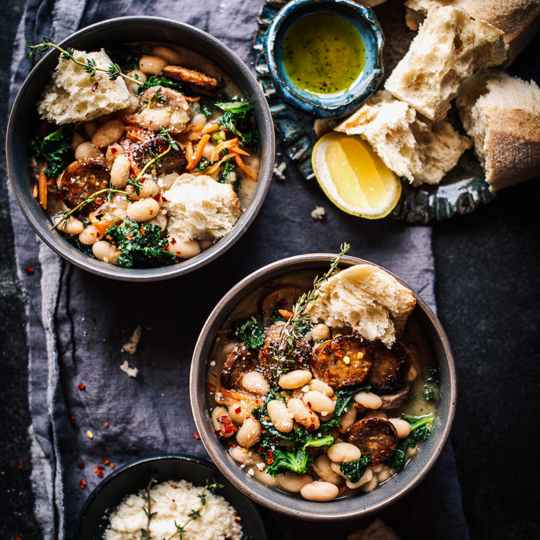




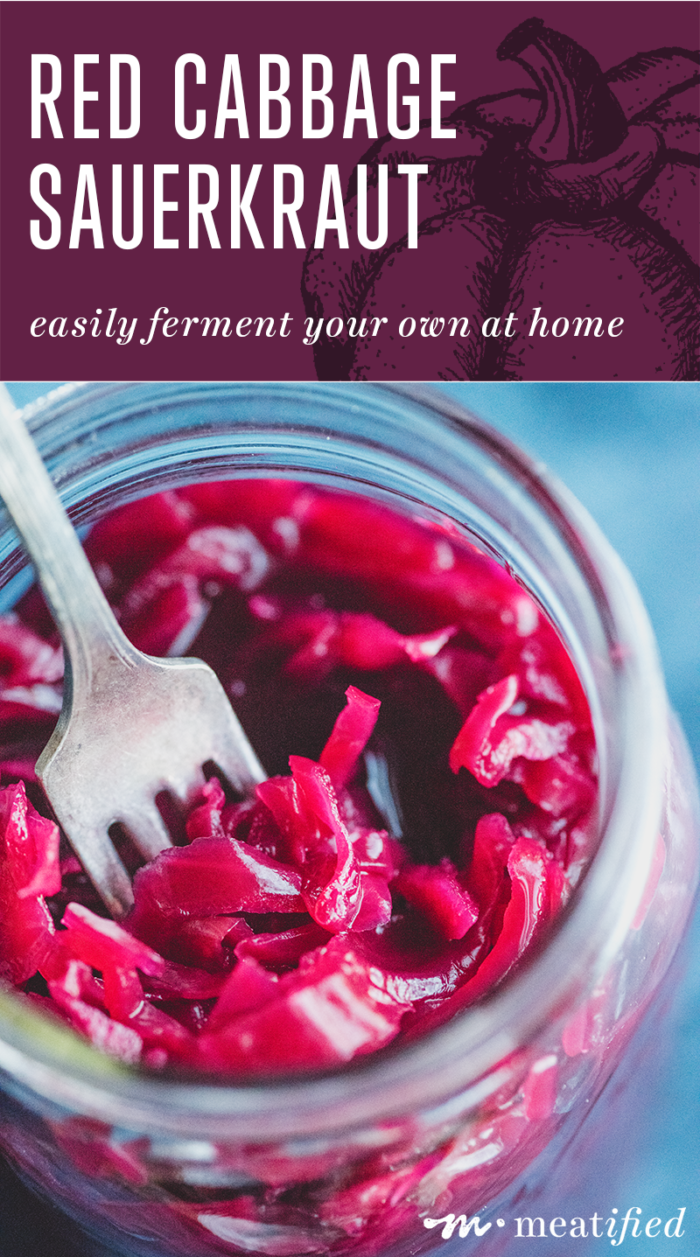
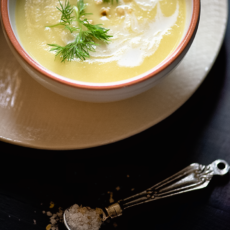
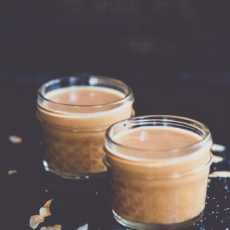
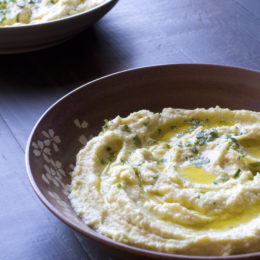
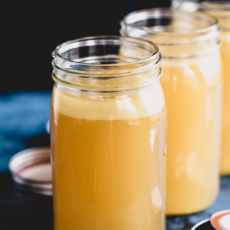
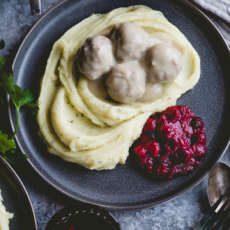
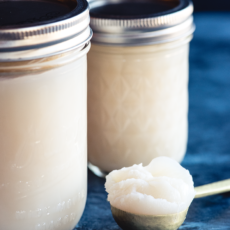










This looks awesome! I have 1 large jar of kraut and 2 small (for my mom) as well as a turmeric/red chilli flake kraut fermenting right now, on about week 2. I love the red/purple and the idea of adding ginger! Thanks so much for this post and I am so glad you have the recipe in grams, as that’s all I work with in my science lab/kitchen lol
Oooh, your turmeric & red chili flake kraut sounds fabulous! I always do my recipes in both cups / metric, since I grew up with metric and then had to learn the whole cups thing when I moved here. It took a while to get used to!
I love eating fermented foods, especially sauerkraut. Never thought to make my own until I saw how easy it was from this recipe! Thanks for sharing!
Thanks for this recipe, I love ginger, and I’ve added a sprinkle of chilli flakes too. I’ve make sauerkraut before but didn’t like the favour as I followed a basic recipe. I think the secret to great sauerkraut are the flavours you love.